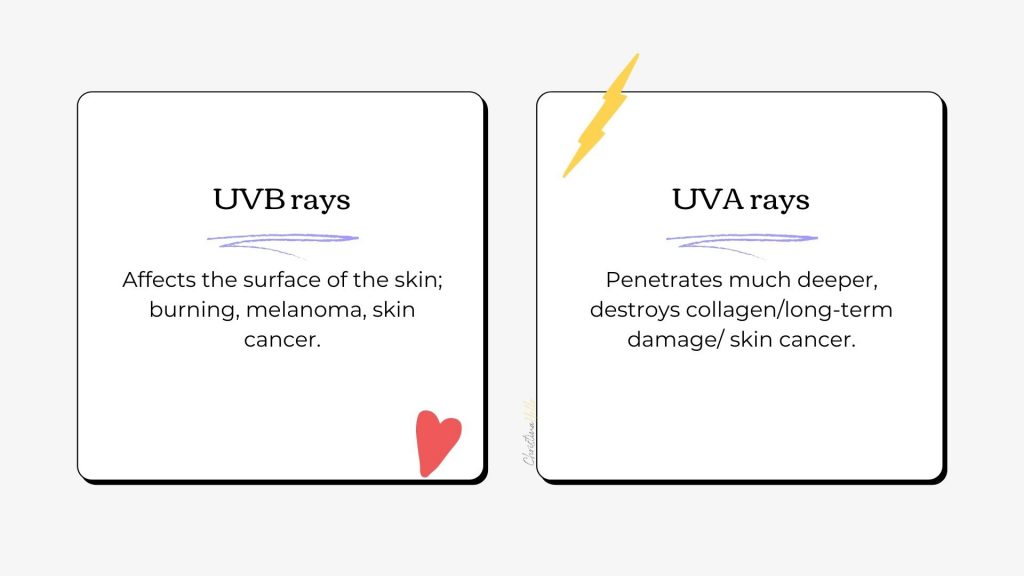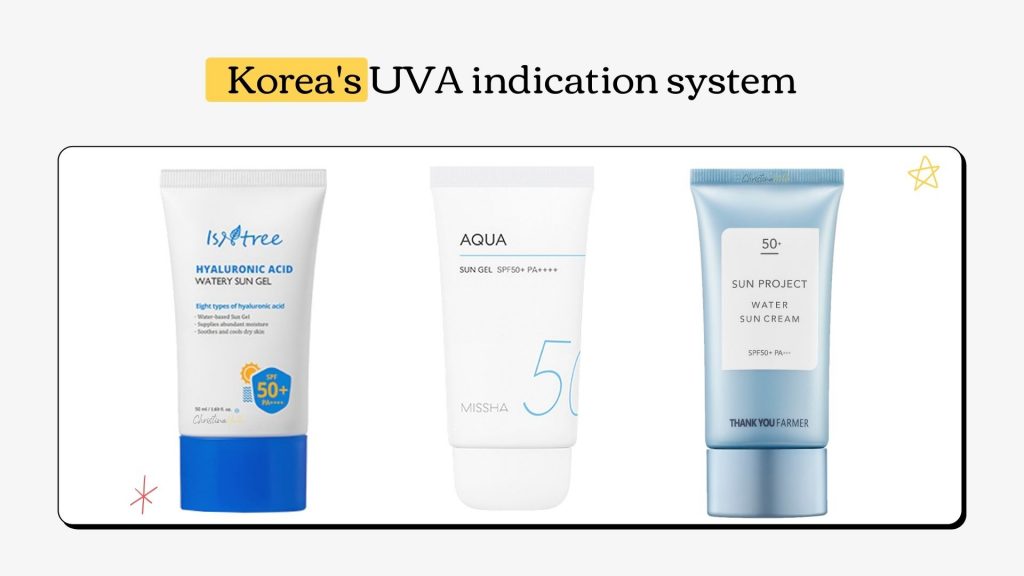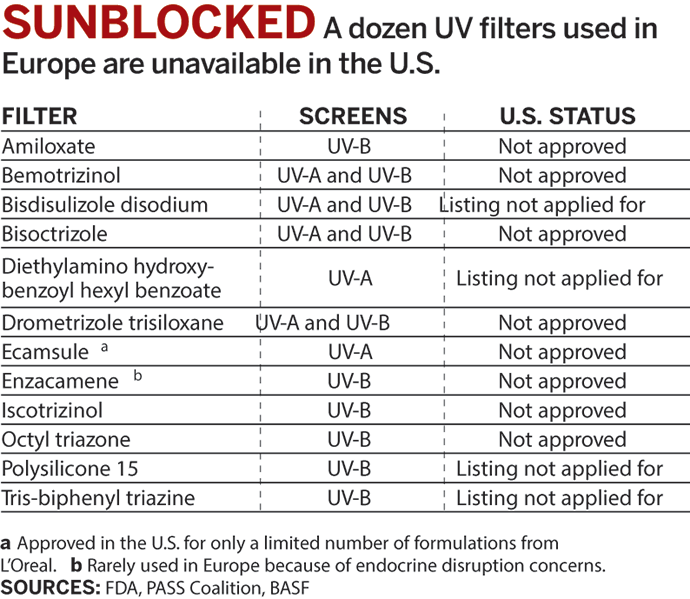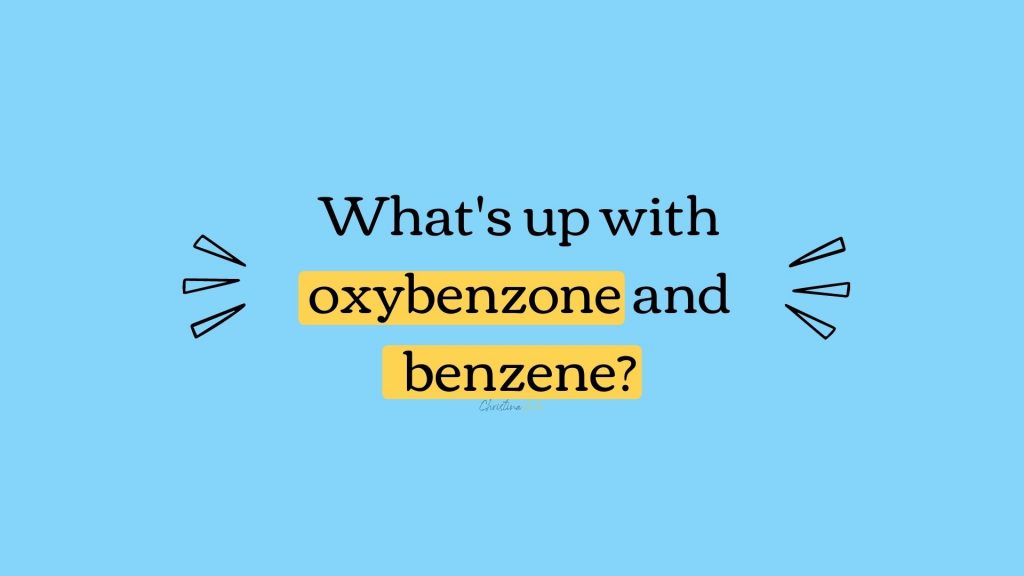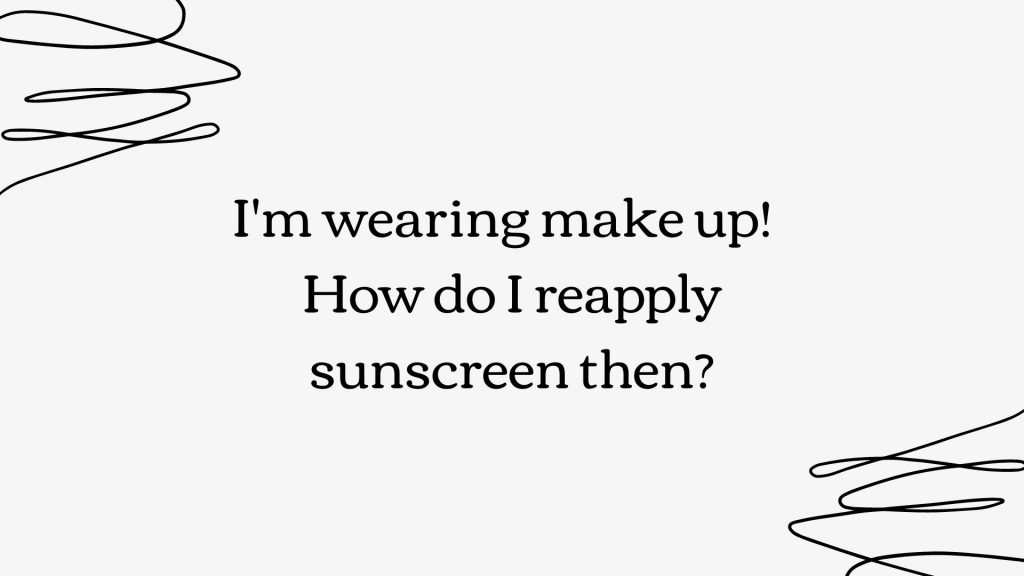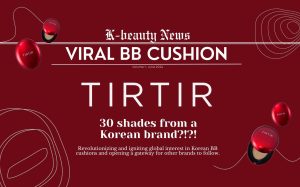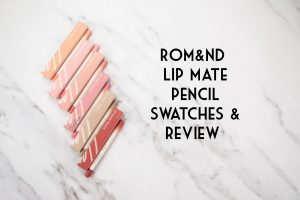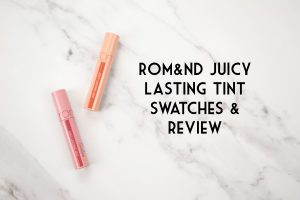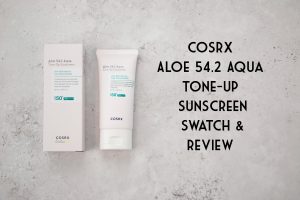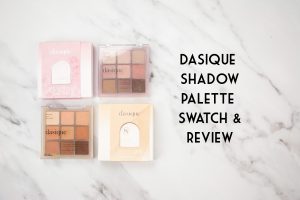 Even though summer is now officially over (unless you live in Australia), sunscreens should still be living in your vanity and to be used on a daily. I’m not going to sit here and pretend I’m the perfect skinfluencer and whatnot, preaching to wear sunscreen every day because I’m personally guilty of not remembering to wear sunscreen too. As the saying goes, curiosity killed the cat and I went on a deep dive into the sunscreen rabbit hole. With the help of some friends at La Roche Posay (not sponsored, it was just them genuinely being kind and answering my questions), we are able to get some expert opinions on some hot topics. Is sunscreen necessary? Are Korean sunscreens unsafe? What is with all the sunscreen recalls? How can you as a consumer make the best decision when purchasing sunscreen for you and your family? We are going to hit all those topics! Let’s get into it~
Even though summer is now officially over (unless you live in Australia), sunscreens should still be living in your vanity and to be used on a daily. I’m not going to sit here and pretend I’m the perfect skinfluencer and whatnot, preaching to wear sunscreen every day because I’m personally guilty of not remembering to wear sunscreen too. As the saying goes, curiosity killed the cat and I went on a deep dive into the sunscreen rabbit hole. With the help of some friends at La Roche Posay (not sponsored, it was just them genuinely being kind and answering my questions), we are able to get some expert opinions on some hot topics. Is sunscreen necessary? Are Korean sunscreens unsafe? What is with all the sunscreen recalls? How can you as a consumer make the best decision when purchasing sunscreen for you and your family? We are going to hit all those topics! Let’s get into it~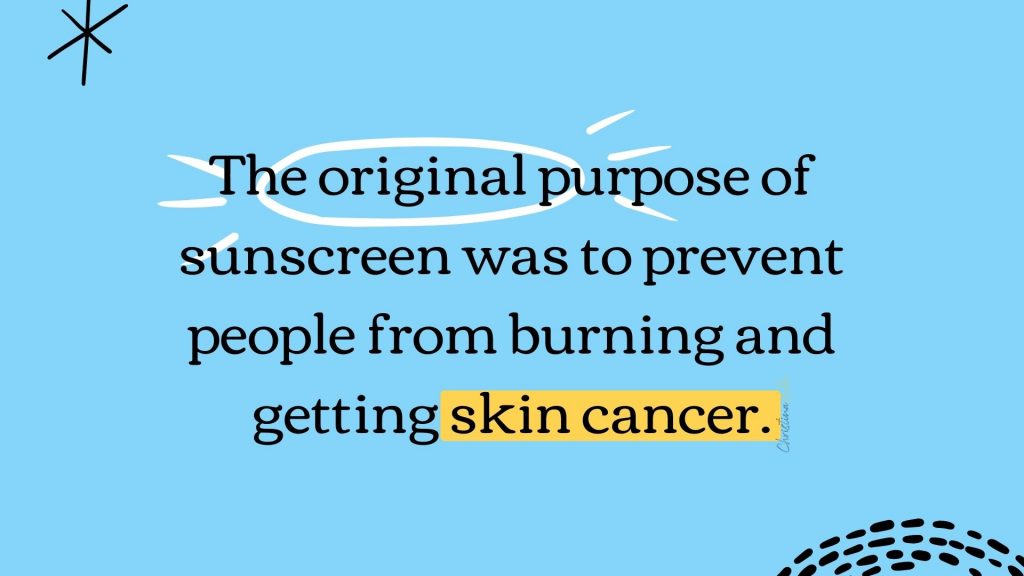 So what is sunscreen and why do we need to use it every day, 365 days out of the year, and not just for the summertime? The original purpose of sunscreen was to prevent people from burning and getting skin cancer. Growing up in North America, it was always ingrained in us that sunscreen was most associated with the summertime, whereas in the east, sunscreen is practically a religion in itself. Sunscreen every day, sunscreen every two hours, everywhere on every inch of your body. We have to remember, there is no such thing as a healthy tan. Tanning is your skin’s reaction to protecting you from the skin by darkening itself to reduce damage. 80% of aging is from the sun, environmental stressors, and pollution, while just 20% of it is genetics.
So what is sunscreen and why do we need to use it every day, 365 days out of the year, and not just for the summertime? The original purpose of sunscreen was to prevent people from burning and getting skin cancer. Growing up in North America, it was always ingrained in us that sunscreen was most associated with the summertime, whereas in the east, sunscreen is practically a religion in itself. Sunscreen every day, sunscreen every two hours, everywhere on every inch of your body. We have to remember, there is no such thing as a healthy tan. Tanning is your skin’s reaction to protecting you from the skin by darkening itself to reduce damage. 80% of aging is from the sun, environmental stressors, and pollution, while just 20% of it is genetics.
Asian sunscreens tend to sacrifice sun protection to cater more to a pleasant texture while European sunscreens focus more on protection over everything else. With all the different SPF regulations all over the world, I’m going to try my best to help you decipher through the confusing jargon so you can make the best decision for yourself.
 Is chemical or physical (aka. mineral) sunscreen better?
Is chemical or physical (aka. mineral) sunscreen better?
The age-old question, which type is better? Chemical sunscreens, which are known as “organic” sunscreens in scientific terms aren’t named organic because the ingredients are organic like Wholefoods produce. It is deemed as “organic” because it is carbon-based chemicals, such as oxybenzone, avobenzone, and octinoxate, all of which diminish the impact of ultraviolet radiation. Chemical/ organic sunscreens absorb 100% of the UV rays and deactivate them by releasing energy in the form of heat.
Physical/ mineral sunscreens are considered “inorganic” because they are not carbon-based. Inorganic sunscreens form a barrier that directly reflects UV rays off of the skin. Percentage-wise, physical/ inorganic filters absorb about 95% of the UV rays, converting them into heat and reflecting about only 5%. I am no scientist, so if you want to get really deep into the differences in more of a scientific lingo, I’ll let my friend Stephen from Kindofstephen take it away in his “physical” vs “chemical” blog post from a while back.
Which of the two is better then? The answer would simply be, whichever one you will use every day. Personally, I like chemical sunscreens for its lack of a white cast and it is usually not as thick as physical sunscreens. I’ve also found some physical sunscreens to make my skin itchy for some reason. Whichever one works best for your skin type and skin tone is the one that is the best. Here is a quick list of filters you can look out for to determine for yourself if the sunscreen you want to purchase is a physical or chemical sunscreen. I don’t believe this is the full list and there doesn’t seem to be a clear list of all the chemical sunscreen filters out there. I’m very sure there are more, but this is more of an overview list I could update later on if I find more information.
Here is a quick list of filters you can look out for to determine for yourself if the sunscreen you want to purchase is a physical or chemical sunscreen. I don’t believe this is the full list and there doesn’t seem to be a clear list of all the chemical sunscreen filters out there. I’m very sure there are more, but this is more of an overview list I could update later on if I find more information.
For UVA filters, Tinosorb S, Tinosorb M, Mexoryl SX and Mexoryl XL appear to be more effective than avobenzone (the most common UVA filter permitted by FDA). Tinosorb S and Tinosorb M (safe to use up to 10% in concentration) are UVA filters developed by BASF and appear to be more stable while providing greater UVA production than avobenzone. Mexoryl SX (aka. ecamsule), a UVA filter developed by La Roche Posay is claimed to offer strong, photostable production and has been sold in sunscreens in Europe since 1993.
What is the difference between UVA and UVB?
When it comes to UV rays, there are two types you will have to familiarize yourself with. UVB rays affect the surface of the skin through burning, melanoma and can cause skin cancer. UVA penetrates much deeper, destroys collagen, and causes long-term damages as well as causing skin cancer as well. I usually remember the two different types by thinking UV(B), B for burning, and UV(A), A for aging.
What is SPF?
SPF (Sun protection factor) is the number that tells you how long will the sun’s UV radiation take to redden your skin when using sunscreen versus not using it and being under the skin. For example, if your sunscreen indicates SPF 50, this would take you 50 times longer for your skin to burn than without. There has been a lot of debate whether or not SPF 30 and SPF 50 is a huge difference or not since SPF 30 allows 3% of UVB rays to hit your skin, while SPF 50 allows 2% of rays to pass through. Although on paper it doesn’t look seem like a vast difference as it’s just 1% difference, but SPf 30 is allowing 50% more UV radiation onto your skin.
I remember at some point as a kid walking into the drugstore and seeing sunscreens with SPF 100. The regulations now do not allow brands to indicate them any more than SPF 50, they can only indicate it as SPF 50+. Why? Because anyone looking at a bottle and comparing SPF 50 to SPF 100 would most likely choose the one with the higher SPF amount. This causes a false sense of security, causing people to skip reapplying or staying in the sun longer than the recommended amount of time. In the US and Canada, the SPF cap is 50 or 50+, Australia is SPF 30, and Europe/ Japan/ Korea are capped at SPF 50+.
 Depending on your country/ region where you live, UVA and UVB are indicated in many different ways. The standard jargon for UV protection in both USA and Canada would be “broad spectrum”, which you can see on the Neutrogena bottle. Broad-spectrum is the term that indicates the protection you’d get from UVA and UVB rays, however, it does not tell you the actual amount of UVA protection it gives you. The term was adapted back in 2011, when the FDA issued new rules for sunscreen labeling, requiring companies to meet the FDA standards before being able to label it as broad spectrum. From what Stephen has stated, “broad-spectrum is a statement on how a sunscreen absorbs different wavelengths of UV light” and brands have to “meet a minimum critical wavelength of 370 nanometers.”
Depending on your country/ region where you live, UVA and UVB are indicated in many different ways. The standard jargon for UV protection in both USA and Canada would be “broad spectrum”, which you can see on the Neutrogena bottle. Broad-spectrum is the term that indicates the protection you’d get from UVA and UVB rays, however, it does not tell you the actual amount of UVA protection it gives you. The term was adapted back in 2011, when the FDA issued new rules for sunscreen labeling, requiring companies to meet the FDA standards before being able to label it as broad spectrum. From what Stephen has stated, “broad-spectrum is a statement on how a sunscreen absorbs different wavelengths of UV light” and brands have to “meet a minimum critical wavelength of 370 nanometers.”
In Europe, they use two systems to indicate the UVA levels. The first one is the star system, which was developed by Boots back in 1992 and was Europe’s first UVA protection measurement system. From 0 to 5, each star indicated the percentage of UVA radiation that’s absorbed by the sun protection compared to UVB. One star indicating the least amount of protection while five stars indicating the most production. The lowest recommended star rating would be 4 stars.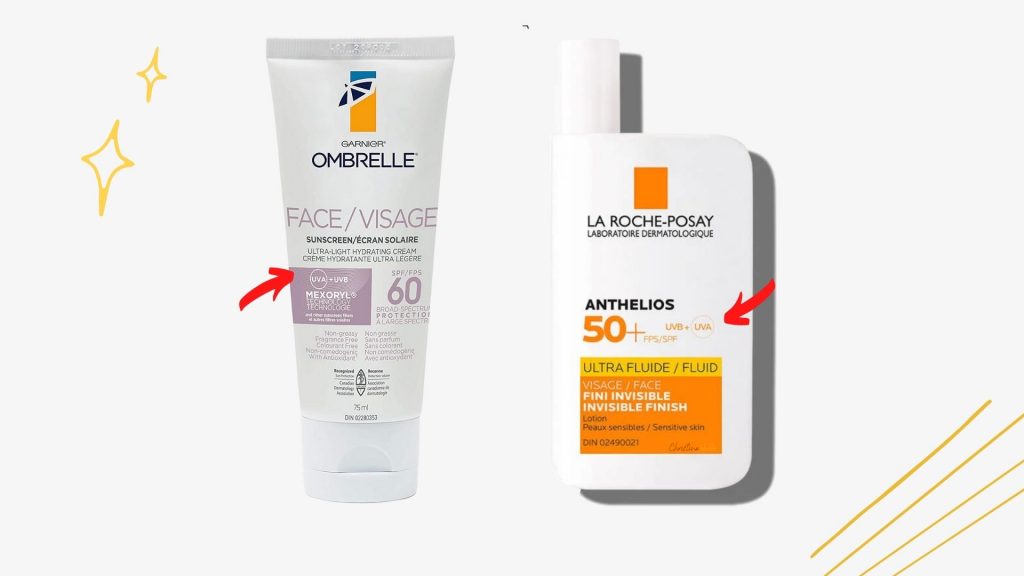 The other way that it could be indicated is the UVA with the circle around it, which companies would have to go through extra testing to see if the ratio of UVB to UVA protection is 3:1. Canada has also adapted to this system, but I haven’t seen many sunscreens with the indication. My guess would be because companies don’t feel the need or don’t want to spend the extra money to have to go through all those hoops. All of La roche Posay sun products use the UVA circle indication and to my surprise, the Garnier brand Ombrelle found at the drugstore also has the indication.
The other way that it could be indicated is the UVA with the circle around it, which companies would have to go through extra testing to see if the ratio of UVB to UVA protection is 3:1. Canada has also adapted to this system, but I haven’t seen many sunscreens with the indication. My guess would be because companies don’t feel the need or don’t want to spend the extra money to have to go through all those hoops. All of La roche Posay sun products use the UVA circle indication and to my surprise, the Garnier brand Ombrelle found at the drugstore also has the indication.
La roche Posay’s Anthelios ultra-fluid SPF 50+ facial sunscreen was actually introduced to me by my mother. This is the only sunscreen she has been using and has repurchased almost 5 times now? It is one of their best-selling products and has been sold out like hot cakes for months now! I had the privilege to try their latest anthelios mineral on SPF 50+ tinted facial sunscreen and OH MY GOODNESS. You guys need to RUN to the store, not walk because this is truly the best thing everrrrr. It is high coverage, crazy moisturizing doesn’t cling onto any dry patches on my face, and has a true SPF 50+, retailing for $30 usd for 30 mL. The whole summer when I want to feel a little cuter with an even complexion, I just slap the tinted facial sunscreen on my face and BANG! Good skin and sun protection included. Okay back to business… LOL. It’s just me gushing, that’s all.
Developed in Japan, the PA system has been adopted by Asian countries, specifically South Korea. The PA system ranges from + to ++++, each + indicating the PPD value (persistent pigment darkening, a method of measuring UVA protection). PA+ means PPD 2 to 4, PA++ means PPD 4 to 8, PPD 8 to 16 and PA++++ means 16 or greater.
With all the sunscreen brands to choose from, which country has the most advanced filters and best ingredients? Because of the whole fiasco with Purito’s sunscreen last year, a lot of distrust brewed and many people were pointing fingers at each other, saying American or Australian sunscreens are the best! Others argued European and Asian sunscreens are the best and have the most advanced technology. Who is right?? At the end of the day, we have to remember every country has had sunscreen recalls at some point. Heck, just recently Canada and USA had to recall sunscreens from Neutrogena due to high levels of benzene levels. One of the reasons why Canada and USA are lagging behind Europe and Asia when it comes to sunscreens is the fact that the two North American countries consider sunscreen as an over-the-counter drug.
In Canada’s case though not all sunscreen products fall under the OTC category. Depending on the ingredient, products can be classified as NPHs (natural health products). If the sunscreen uses chemical UV filters, it has to be classified as OTC drugs and is indicated with a DIN (Drug identification number). All sunscreens in Canada must be labeled with SPF value and must contain at least 2 sunscreens with a wavelength of 370 nm+.
The USA unfortunately is practically a decade behind when it comes to newer filters or technology. Why? The FDA is very strict when it comes to filters and hasn’t approved a new filter for a long long time. Currently, there are only 16 approved sunscreens, 8 of which are regularly used, and only 2 offer good UVA protection. These 8 filters are oxybenzone, avobenzone, octinoxate, octisalate, homosalate, octocrylene, titanium dioxide, and zinc oxide.
Meanwhile, in Europe, sunscreens are not considered an OTC but a cosmetic product, which allows formulators more ingredients and filters to fight against UVA and UVB rays. The EU is also known to have much stricter regulations and is free to combine sunscreens without as many restrictions. I’m not too sure about Korea since I couldn’t find much information in English on how they regulate sunscreens, but similarly to EU, Korea uses much more advanced filters and ingredients as well.
Source from C&EN
As an example, here is a chart of all the sunscreen filters used in EU but are rejected in the States. From what I am reading, 5 million people have been treated for skin cancer in the US, with melanoma rates skyrocketing 200% from 1973 to 2011 and nearly 9,000 people die from skin cancer each year.
A test was done to see if American sunscreens could pass European regulations, only 11 out of 20 passed the European UVA test and some of the indicated SPF didn’t correspond to what was labeled on the packaging. A British researcher Brian Diffey evaluated four US sunscreens and four European sunscreens, both of which had SPF 50 or 50+. The test showed US sunscreens allowed three times more UVA rays to pass through compared to their European counterpart.
Why are Oxybenzone and benzene sunscreens dangerous?
Just last month, there have been concerns on the rise with the two ingredients oxybenzone and benzene. Johnson & Johnson had to recall five Neutrogena and Aveeno sunscreens found commonly in drugstores due to traces of benzene. All five of the sunscreens were aerosol sunscreens and were recalled due to traces of benzene, a chemical linked to blood cancer and leukemia. With convenience on everybody’s mind, sunscreen spray has become very popular, and even I am guilty of considering purchasing a can of Neutrogena’s sunscreen spray a while back. Sunscreen sprays can pose an inhalation risk on top of not coating the skin properly to give you the right amount of protection.
So what is benzene exactly? Benzene is a chemical that is colorless or light yellow liquid at room temperature which evaporates into the air quickly. It can be naturally found in volcanoes and forest fires or crude oil, gasoline, and cigarette smoke. It is used to make plastics, resins, nylons, synthetic fibers, lubricants, rubbers, dyes, detergents, drugs, and pesticides. Benzene causes human cells to not work correctly such as causing damage to the immune system by changing blood levels of antibodies and causing loss of white blood cells. Long-term effects could cause effects in bone marrow, which then decreases red blood cells, which leads to anemia or even excessive bleeding which would affect the immune system. If you’d like to read more about it, read the CDC’s full breakdown. Bottom line is, you don’t want benzene anywhere near you.
Then what about oxybenzone? In 2019, the FDA proposed oxybenzone cannot be classified as safe and effective with the new data that has surfaced. Oxybenzone is readily absorbed into the skin and causes allergic skin reactions, as well as it behaves as an endocrine disruptor (aka. it interferes with hormones). It can even be detected in human breast milk, amniotic fluids, urine, and blood. In one case, they found an adolescent boy with higher oxybenzone measurements significantly lowered the testosterone levels while another reported changes to the length of pregnancy to even change in the weight of the fetuces. Long-term exposure could increase the risk of breast cancer and endometriosis.
The European Commission proposed to the FDA that oxybenzone should be used at a concentration limit of 2.2% for oxybenzone, as opposed to U.S 6% limit. Oxybenzone, alongside other filters such as octinoxate, octisalate, octocrylene, homosalate, and avobenzone, were detected in the skin and blood weeks after not being used. It is now recommended to avoid sunscreens with oxybenzone due to all the new data and studies that have been published! If you want to read more into oxybenzone, click here for EWG’s great summary on sunscreen.
Ahh yes, this is the question we all have asked. If I’m wearing a full face of makeup, how on earth am I going to reapply sunscreen without messing everything up? The team at La Roche Posay recommends you to start your day off with a water-resistant, SPF 50+ or higher sunscreen as the last step of your skincare routine. Allow the sunscreen to settle and absorb into your skin and then continue on with the rest of your makeup routine. If your foundation/ base makeup has some SPF protection as well, even better!
The majority of you won’t be outside in the sun working, so you wouldn’t have to reapply every 2 hours. For those of you who are working outside, you can pat your sunscreen on your skin, making sure not to rub since the motion would move your makeup around a lot more. SPF face sprays are available, but like I mentioned up above, those aren’t as reliable as creams or lotions and can be blown away on a windy day. If it is possible, stay indoors between 10 am to 2 pm which is when the UV rays are the highest.
____________________________
Wowza, that was a long and super in-depth post. My brain is so fried with the information overload. The sunscreen rabbit hole is truly long and everlasting. Hopefully, you guys learned a thing or two with me, and let me know if there is anything I missed in this sunscreen study. Thank you to my friends at La Roche Posay for letting me pick their brains and Stephen from Kindofstephen for allowing me to refer some information from his blog post into this one. Make sure to check out all the resource links I’ve included in this blog post to educate yourself a little bit more!
Stay sun safe out there. Cheers~

